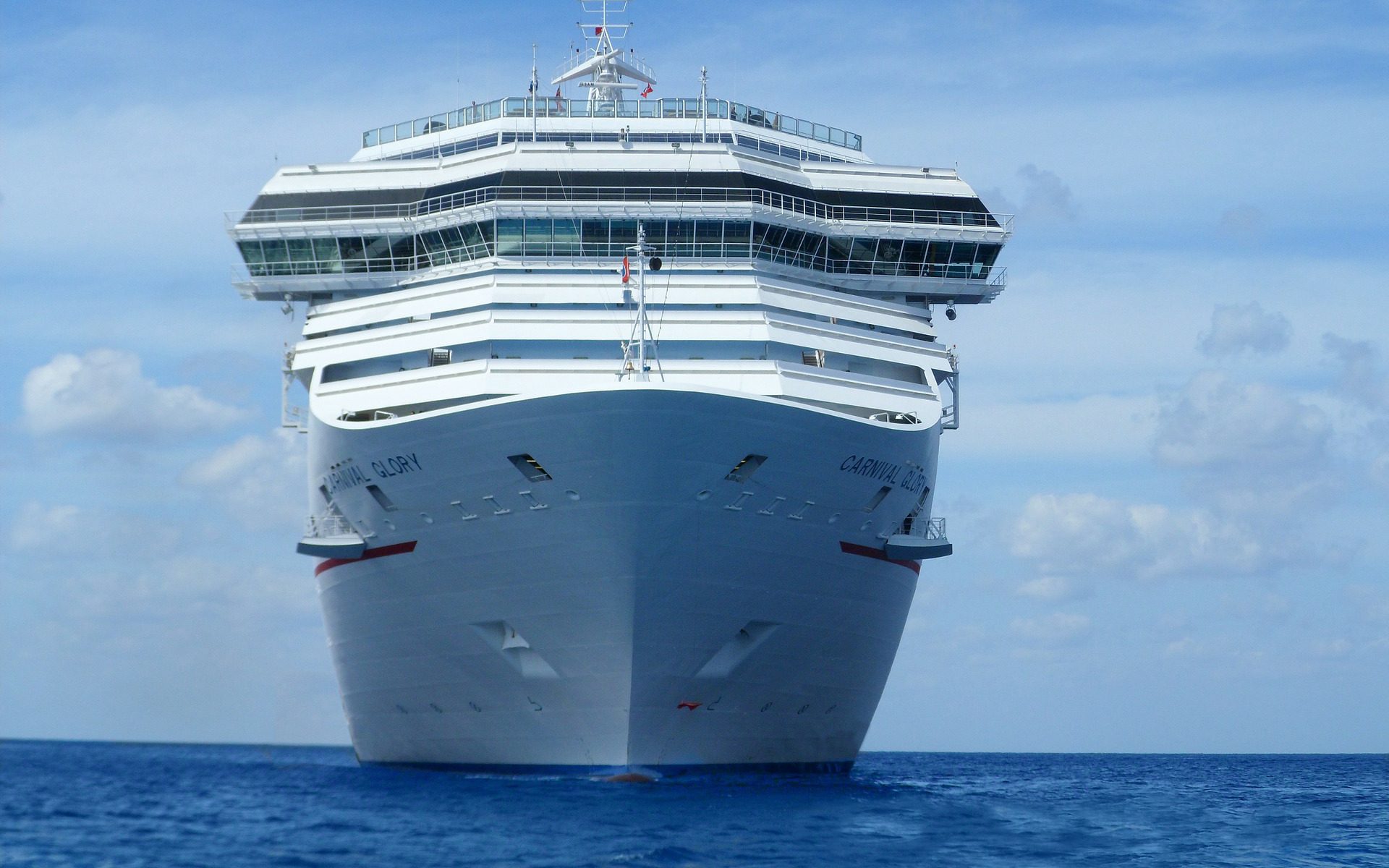Traveling can be a major hassle for someone with a disability because you don’t always know what accommodations will be available or what kind of obstacles you’ll encounter away from your comfort zone. A cruise, however, can provide just the kind of experience you’re looking for, provided you do some research ahead of time and plan accordingly.
Choose The Right Cruise Ship
For one, you’ll need to explore the ship options available online and figure out which cruise line and ship will best meet your needs. Rest assured, the right one is out there; many ships have been made to accommodate people with disabilities.
“Accessible features vary from one cruise line to another, and even ships within the same class can be different,” say Barbara and Jim Twardowski at Cruise Critic. “When choosing a ship, newer is generally better, but don’t discount older ships. As these vessels undergo refurbishments, many cruise lines use the opportunity to make ships more accessible to travelers with disabilities. For example, when Holland America Line upgraded Veendam in 2009, it added a new category of staterooms — called lanai cabins — with sliding glass doors facing the walk-around promenade. It made two of those new cabins accessible, featuring a roll-in shower, bathroom grab bars, lower closet rods and a button to automatically open the glass doors before entering or exiting over a ramped threshold. In 2013, Celebrity Cruises installed pool lifts — a chair that carries the occupant into the water — on all of its ships.”
As the Twardowskis note, you can typically find information about accessibility features for specific ships on the cruise line’s website by searching for “special needs” or “accessibility”. After you book a cruise, the cruise line should ask you to fill out a form talking about your needs.
Take The Right Luggage
When you’re getting ready to go on your cruise, you have to pack accordingly, and that doesn’t just mean what you pack. It also means what you pack it in.
“Small, manageable luggage pieces make the most sense for either seniors or the disabled,” says LuggagePros. “Bulky, heavy luggage is not an option. Luggage with wheels is essential. Consider four-wheel spinners as this is the most maneuverable and can either be pushed or pulled, which places less strain on shoulders and arms. Consider personalized or extremely colorful luggage that is easy to find at the luggage carousel.”
Medications
If you require medications, make sure you carry them in your carry-on luggage and keep them in their original bottles. As Galveston Cruise Tips notes, because cruise lines regularly serve older patrons, they are used to medication coming aboard (and often in larger-than-average quantities). However, you’ll be making things easier on yourself and staff if you don’t make the process any more difficult than it needs to be.
Go With A Friend
Traveling solo is your decision, of course, but you will likely have a more enjoyable time if a friend, a significant other, or a family member accompanies you. Depending on your disability, this can be of varying degrees of help from a practical standpoint as they can help you out in situations that aren’t quite as accessible as they should be. Plus, who really wants to be alone on a cruise?


